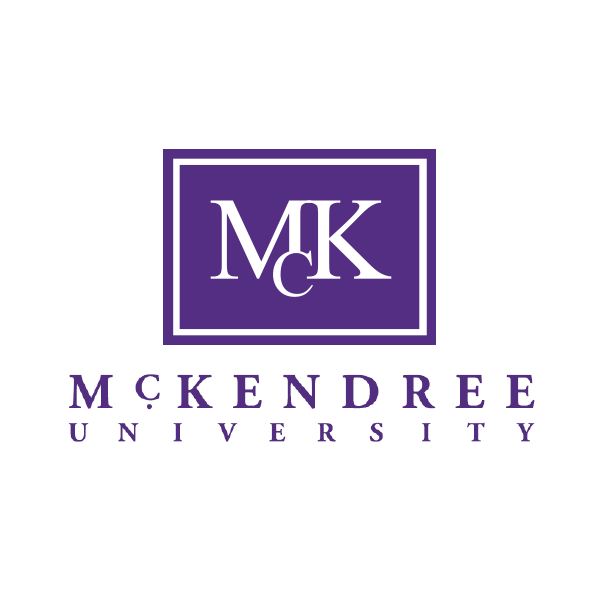
Art and Design BA
Barton College Campus, United States
Overview
Our art and design curriculum stresses the development of basic creative-thinking methods, investigation of form, and design analysis techniques as they apply to a variety of real-world projects. Students involved in the Department are exposed to fine art and commercial/professional approaches. They can also take advantage of experiential learning with gallery and museum management internships and study-abroad research opportunities – to cultivate graduates with a variety of skills able to navigate multiple career paths.
Students learn in small classes with professionally active faculty and in workshops conducted by accomplished artists-in-residence – exposing students to the best of what is going on in art and design today and providing valuable networking opportunities. The B.F.A. further prepares students for careers as artists and industry professionals with annual exhibitions during their junior and senior years in the Barton Art Galleries.
Barton’s art professors are working artists who exhibit regionally, nationally, and internationally; serve as professional art judges; and publish and design professionally.
Our photography program is one of only a handful of professional programs in this area of the country. We offer a commercial track if you’re preparing for employment, and a fine art track if you’re preparing for graduate school. In both cases, you’ll gain expertise by studying historical, cultural, and contemporary photographic imagery; by critiquing your own work, as well as that of your classmates; and by exploring technical solutions with individualized instruction.
In addition to learning traditional “wet” photography techniques, digital-imaging classes teach image-acquisition skills, digital manipulation and editing techniques, and aesthetics related to computer-derived artwork.
Our visual design studios stress the development of basic creative-thinking methods, investigation of form, and design analysis techniques as they apply to a variety of real world projects.
The multimedia print courses teach experimental forms of image making that utilize diverse sources, including electronic media, traditional print media, and traditional printmaking methods.
As an art student at Barton, you can also take advantage of experiential learning opportunities, gallery and museum management internships, and study-abroad research opportunities.
Coursework in the major begins with a broad-based preparatory program that combines practical skills with theory in the areas of general drawing, 2-D composition, and 3-D design. These courses develop your conceptual thinking and visualizing, and provide an understanding of the history of art and design.
With this as your foundation, you’ll then tailor courses to your individual interests. Through your coursework at Barton College, you’ll learn about techniques as well as aspects of professional practice, all of which are further developed through studio-based projects and real-world learning.
Each area of concentration instills specific skills; but they all teach highly valuable and transferable skills, such as problem-solving, using various media for visual communication, breaking down large projects into manageable parts, and leading from a position of strength.
In your junior year, you’ll take a portfolio course to prepare for a required portfolio review in which you’ll show ten pieces of art that demonstrate your fundamental skills in your intended concentration as well as in drawing, 2-D design, 3-D design, and color.
Students at Barton College have the option of choosing one of several concentrations within the arts & design program.
Painting Concentration
The Painting concentration has a long tradition of encouraging success in developing painters. Classes emphasize skill development and creative problem solving, and stress the two most critical factors for artistic success: motivation and work ethic. Students in the program have been very successful with exhibitions, awards, and admission into graduate programs at various universities.
Photography Concentration
The Photography concentration instills personal vision and technical proficiency. Using traditional, digital, and nineteenth-century methods, you’ll develop the skills necessary to express your vision and communicate your ideas. As a senior, you’ll build a professional portfolio that demonstrates your aesthetic and technical skills and shows that you’re prepared to work in the photography industry or graduate school.
Ceramics Concentration
The Ceramics concentration offers a dynamic studio workshop environment where you can explore clay work as craft and fine art. Through instruction in wheel throwing and hand building, you’ll gain expertise in all-ceramic techniques and learn to approach clay as a vehicle for functional, sculptural, and conceptual expression. When you graduate, you’re prepared to work in studio pottery, teach introductory ceramics classes, and enter a graduate program.
Graphic Design Concentration
The Graphic Design concentration blends the conceptual with the technical. Through innovative graphic design work for print, web, illustration, and book arts, you’ll master problem-solving and communication skills that lead to creative design solutions. Coursework allows you to investigate traditional media and computer imaging, as well as study the history of design and illustration, and gain exposure to other disciplines and cultures.
Similar Programmes
Clay Drying and Firing
University of Derby, , United Kingdom
Earliest Intake
September 2025
Gross Tuition
1130 £
Master of Arts in International Relations and Diplomacy
Schiller International University, , France
Earliest Intake
February 2025
Gross Tuition
19560 €
Master of Arts in International Relations and Diplomacy
Schiller International University, Heidelberg, Germany
Earliest Intake
February 2025
Gross Tuition
19560 €
Art (BA)
Mckendree University, Lebanon, United States
Earliest Intake
August 2024
Gross Tuition
33310 $
History of Art and Archaeology MA
SOAS University of London, London, United Kingdom
Earliest Intake
January 2025
Gross Tuition
25320 £
Uni4Edu Support









